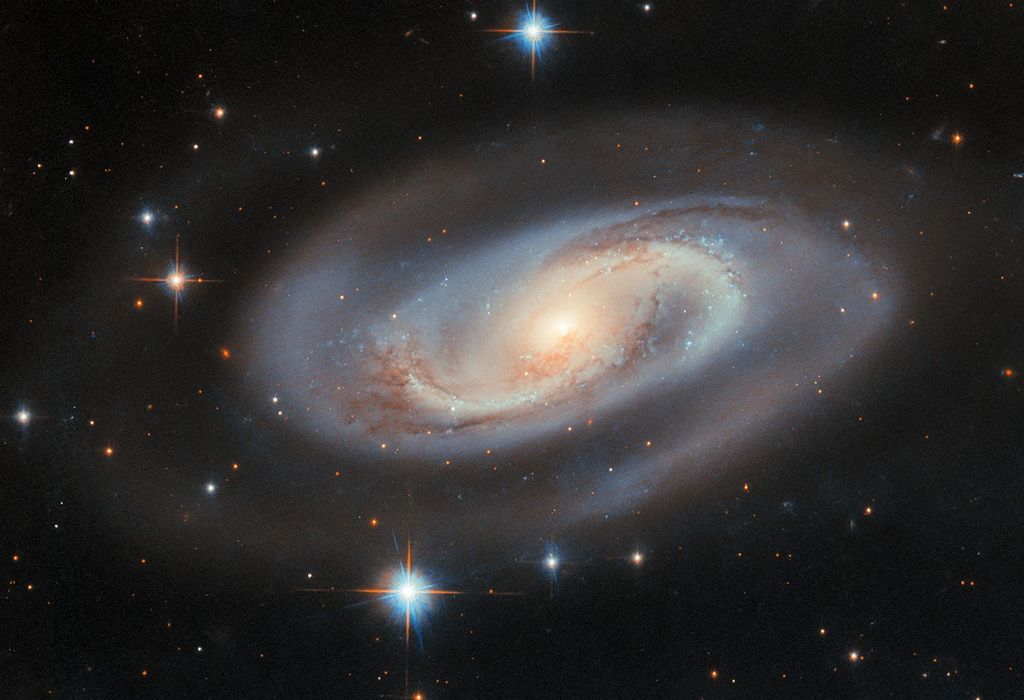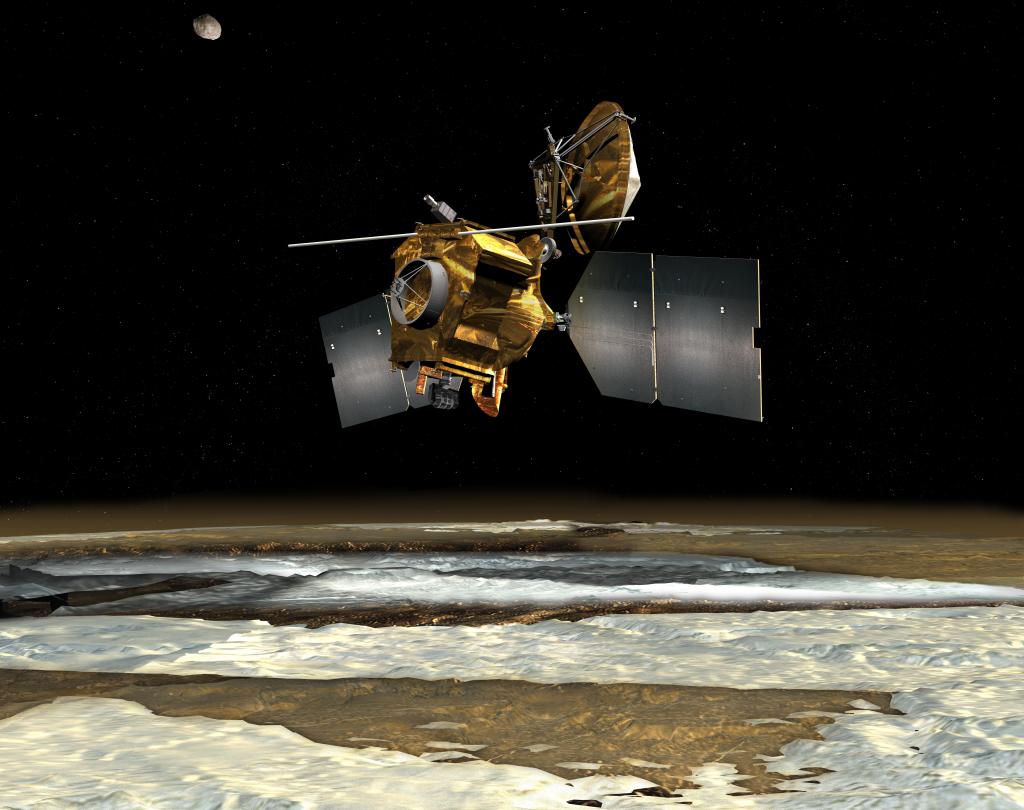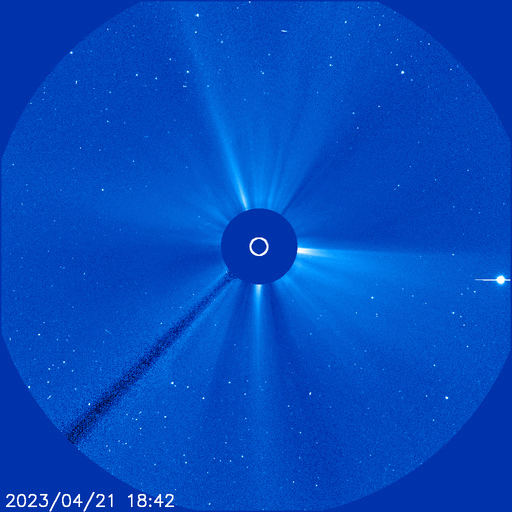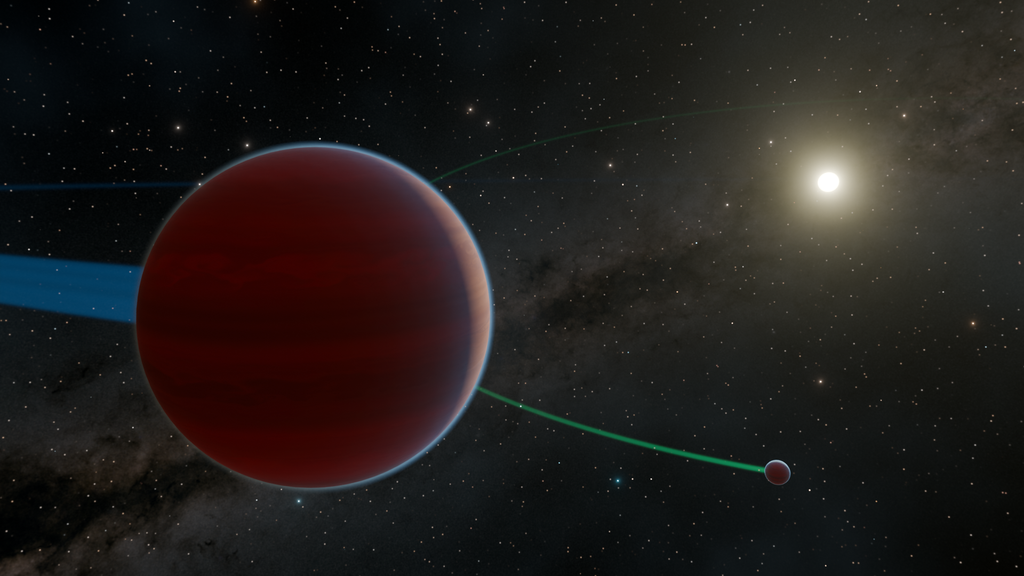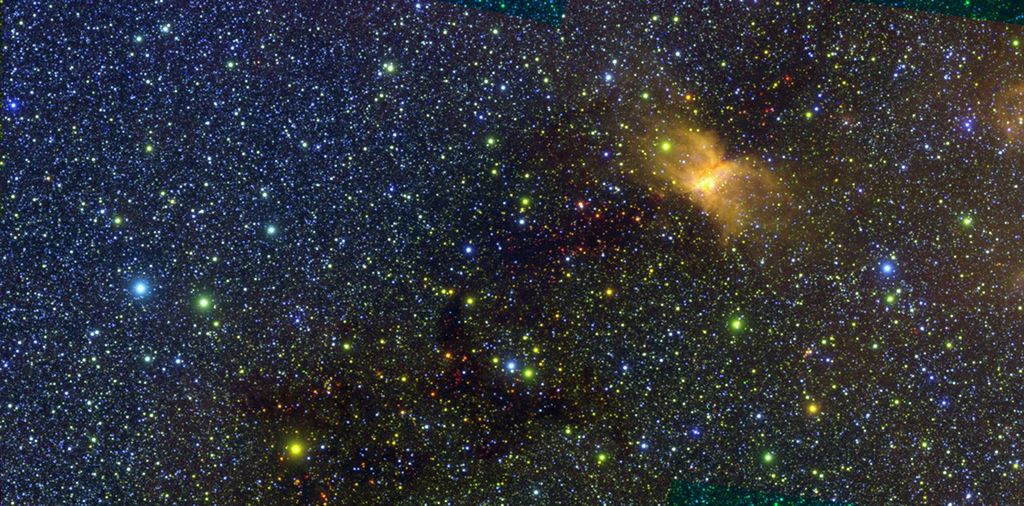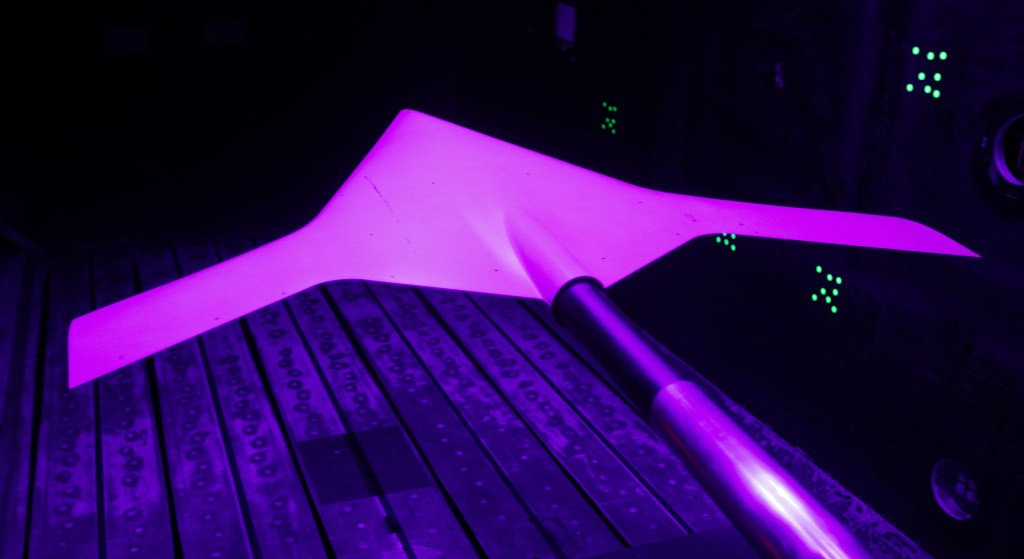Stacking Complete on Artemis II Rocket Boosters
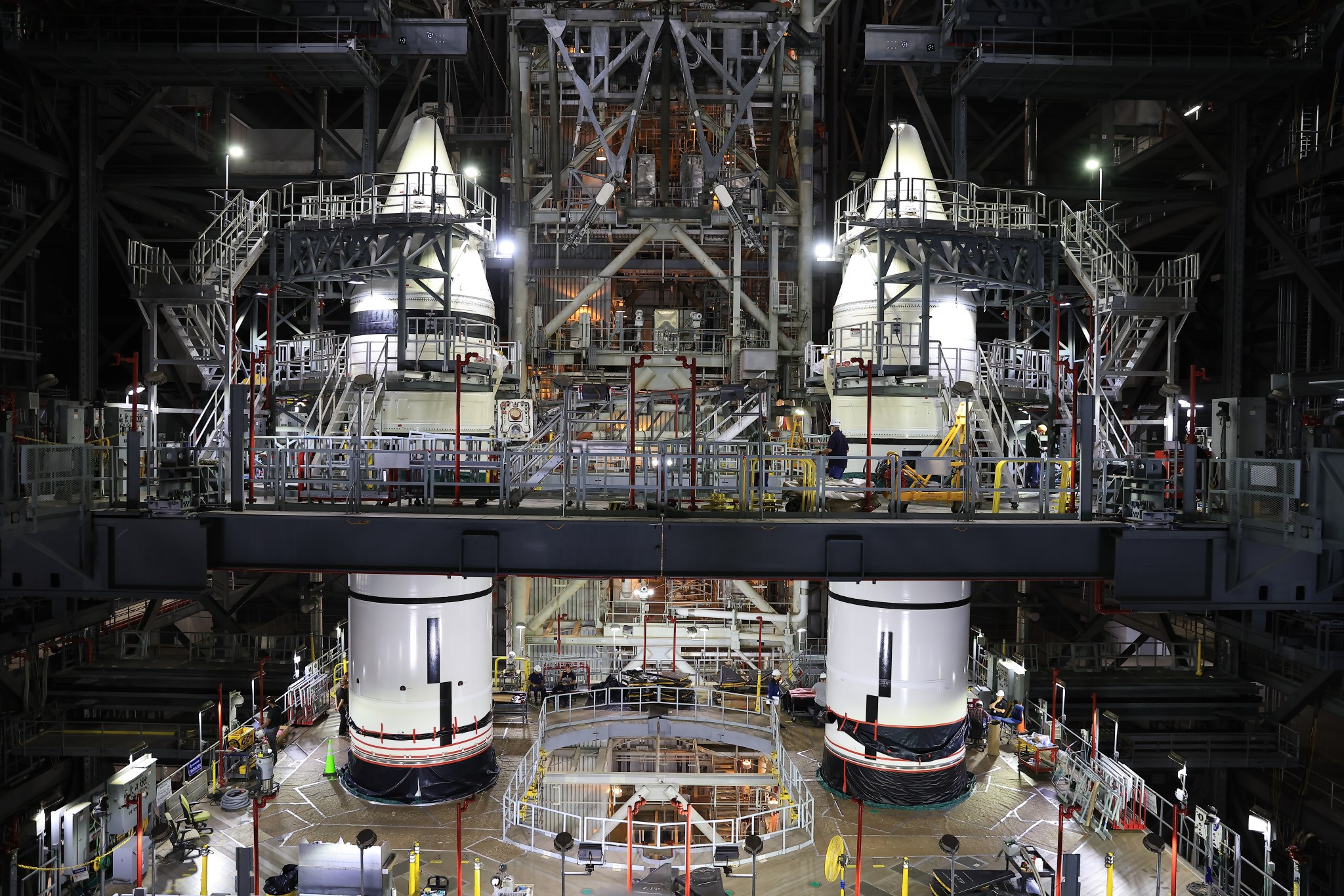
Engineers at NASA’s Kennedy Space Center in Florida completed stacking the twin SLS (Space Launch System) solid rocket boosters inside the Vehicle Assembly Building for the agency’s Artemis II crewed test flight around the Moon.
At launch and during liftoff, the boosters, which each stand 177 feet tall, will provide the majority of the 8.8 million pounds of thrust to propel four astronauts inside the Orion spacecraft on their journey.
During stacking operations, which began Nov. 20, 2024, technicians used a massive overhead crane to lift each booster segment into place on mobile launcher 1, the 380-foot-tall structure used to process, assemble, and launch the SLS rocket and Orion spacecraft.
With stacking of the forward assemblies, or nose cones, complete, the last segments have been integrated to complete the booster configuration. Each forward assembly contains an aerodynamic top, a forward skirt housing avionics, and frustum housing motors that allow the boosters to separate from the SLS core stage after launch.
In total, 10 segments — five segments per booster – were transported from Kennedy’s Rotation, Processing and Surge Facility, where they underwent processing after arriving by train in September 2023 from Northrop Grumman’s manufacturing facility in Utah, to the VAB for stacking operations.
Engineers will integrate the SLS core stage, currently undergoing processing in the VAB’s High Bay 2, in the coming weeks.
The Artemis II test flight will be NASA’s first mission with crew under the Artemis campaign, sending NASA astronauts Reid Wiseman, Victor Glover, and Christina Koch, as well as CSA (Canadian Space Agency) astronaut Jeremy Hansen, on a 10-day journey around the Moon. Through the Artemis campaign, NASA will send astronauts to explore the Moon for scientific discovery, economic benefits, and to build the foundation for the first crewed missions to Mars – for the benefit of all.



